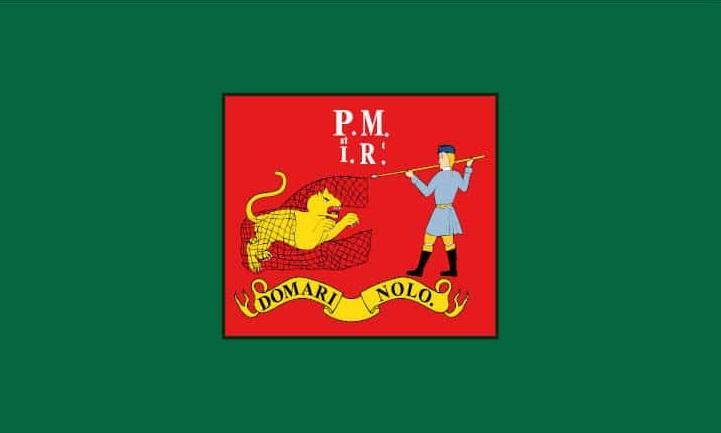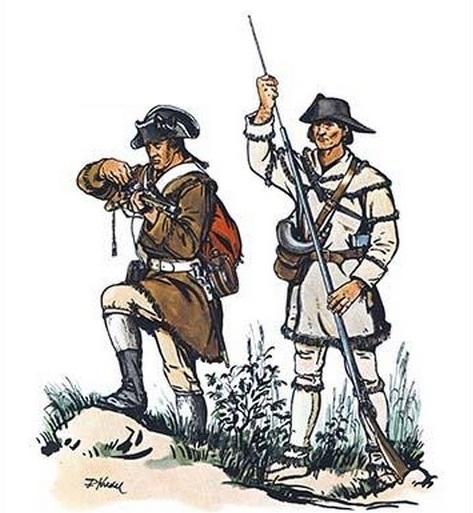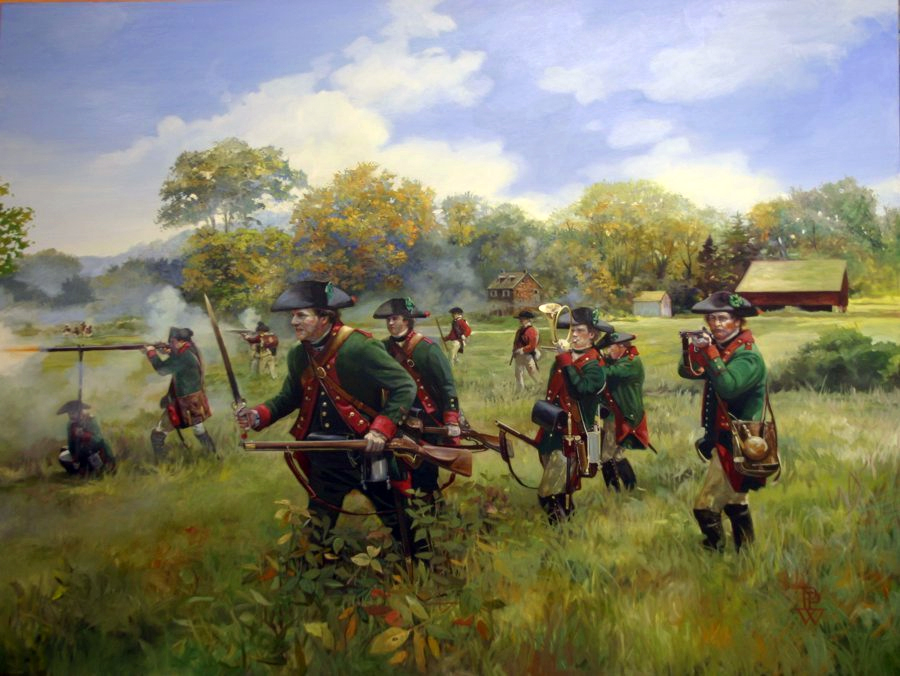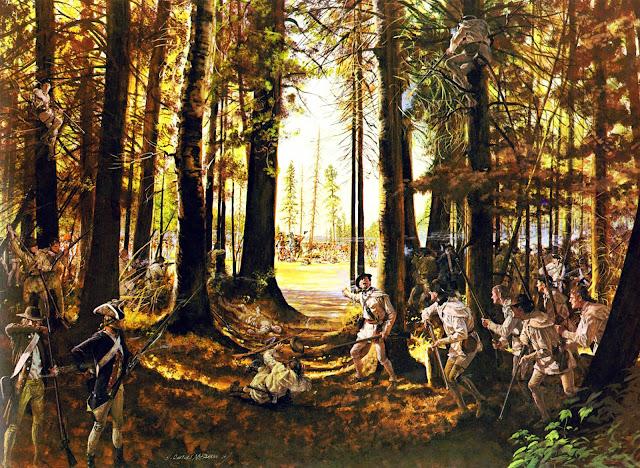With the recent 250th Anniversary of the founding of the US Army, we look back at the creation of its first unit, formed under the command of Irish-born William Thompson.
Thompson was initially appointed Colonel of a Pennsylvanian rifle battalion and sent to Massachusetts to help defend Boston, and his unit would continue to play a significant role in the war that eventually led to the American Colonies fully gaining their independence from Great Britain and becoming the United States of America.
His unit was commonly known as Thompson’s Pennsylvania Rifle Battalion and later officially became the 1st Pennsylvania Regiment. It was later renamed the 1st Continental Regiment but ended the war once again as the 1st Pennsylvania Regiment. Thompson thus made history as the first Colonel of the American Army, and his battalion has the honor of being the first regular unit of the US Army.

Rifle battalions such as Thompson’s and others were among the earliest specialized rifle units of the Continental Army. They were organized as light infantry specializing in long-range marksmanship, skirmishing, and scouting—roles distinct from those of the line infantry equipped with smoothbore muskets. In those days, rifles, such as the famous American Kentucky Long Rifle, were favored by hunters and marksmen due to their improved accuracy and range compared to stand military issue smoothbore muskets. Because of their rifled barrels however, they did take longer to reload, which is why the quicker loading smoothbore remained in use with regular line infantry.

In the 1700’s, the armies of some German states had developed Jäger (hunter) units, recruited from foresters and gamekeepers, who were expert marksmen that used rifles for skirmishing and reconnaissance. The British, having observed the effectiveness of American riflemen at the outset of the war, responded by adopting their own rifles modeled after the short-barreled rifles popular with the German Jäger units. The British also deployed some German mercenary units such as the Hessian Jägerkorps in the American Revolutionary War.

The American rifle battalions were not direct copies of European rifle units, but their organization and tactics were certainly influenced by European forces. American rifle battalions also reflected local conditions and traditions, with their looser tactical formations and emphasis on individual marksmanship being more adapted to the terrain and style of irregular warfare fought in North America. Their legacy lives on to this day in the light infantry units of the US ARMY, the British Rifles regiments, and the Jäger units of the German and Austrian armies.

To learn more about the history Col. Thompson’s Rifle Battalion, you can download a free PDF monograph published by the US Army War College Press.
For an interesting overview of the history of US Army rifles, check out 250 Years of the American Infantry Rifle from Rock Island Auctions.
